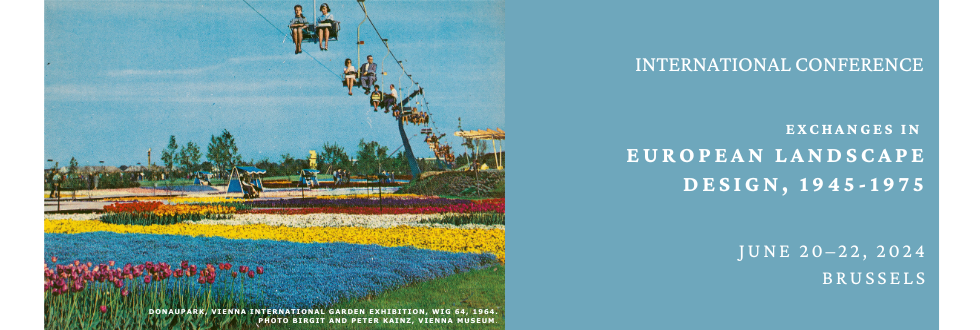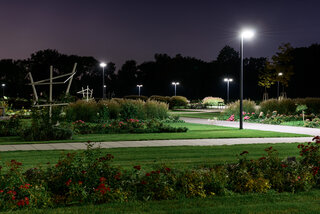
|
|
|
Abstracts > Lilli Lička
Green Postwar Modernism: Its Humble Beginnings in Vienna - Lilli Lička (BOKU, Vienna)
Following the 4th IFLA Congress held in Vienna in 1954, Alfred Auer, Director of the Garden Department, helped local politicians to organize two international events in Vienna within 10 years: The International Garden Exhibitions in 1964 and 1974. The first helped the city in general, but also the profession of landscape architecture, to return to the international stage after the dark period of National Socialism and the difficult post-war years. Prosperity had at last returned, paternalism was on the increase and the Socialists were in full control of the city. It was not only politicians who saw modern concepts as a means of overcoming the past and looking to a better future. Landscape architecture had also reestablished contact with contemporary colleagues in Europe and abroad. On the site of the 1964 garden show, the troubled history was brushed aside, and the area was covered with a new layer of modern landscapes designed by such luminaries as Roberto Burle-Marx and Willi Neukom. Just how profound this new beginning was, however, is not easy to grasp.
Le modernisme vert de l'après-guerre : ses modestes débuts à Vienne
À la suite du quatrième Congrès de l'IFLA organisé à Vienne en 1954, Alfred Auer, directeur du Département des jardins, a aidé les responsables politiques locaux à organiser deux événements internationaux à Vienne en l'espace de dix ans : Les expositions internationales de jardins de 1964 et 1974. La première a permis à la ville en général, mais aussi à la profession d'architecte paysagiste, de revenir sur la scène internationale après la période sombre du national-socialisme et les années difficiles de l'après-guerre. La prospérité était enfin revenue, le paternalisme était en hausse et les socialistes contrôlaient entièrement la ville. Les hommes politiques ne sont pas les seuls à voir dans les concepts modernes un moyen de surmonter le passé et d'envisager un avenir meilleur. L'architecture du paysage a également renoué le contact avec des collègues contemporains en Europe et à l'étranger. Sur le site de l'exposition de jardins de 1964, l'histoire troublée a été balayée et la zone a été recouverte d'une nouvelle couche de paysages modernes conçus par des personnalités telles que Roberto Burle-Marx et Willi Neukom. Il n'est cependant pas facile de saisir la profondeur de ce nouveau départ.

Auböck-Karasz, Donaupark, Vienna, 2012; former Rosarium, International Garden Exhibition, Vienna, 1960. (Photo: Klaus Pichler)

